How Does Screen Mirroring Work?
The process involves wirelessly transmitting the visual output from one device to another. Here’s how it generally works:
Device Pairing: Connect the two devices you want to mirror. They can be under the same Wi-Fi network (local screen mirroring) or even different networks (remote screen mirroring).
Initiate Mirroring: Once paired, initiate the screen mirroring feature on the source device (the one whose screen you want to display).
Display on Target Device: The screen content from the source device will now appear on the target device (such as a TV or computer monitor).
Real-Time Interaction: Any actions performed on the source device (taps, swipes, etc.) will be mirrored in real time on the target device.
Use Cases for Screen Mirroring:
Entertainment: Share photos, videos, or movies from your phone or tablet to a larger TV screen.
Presentations: Display PowerPoint slides or reports during meetings or presentations.
Gaming: Play mobile games on a bigger screen.
Education: Teachers can mirror their device to a projector or interactive whiteboard in the classroom.
Remember, screen mirroring enhances collaboration, sharing, and visual experiences across different devices. Whether for work, entertainment, or education, it’s a versatile feature that bridges the gap between screens!
What's New in the Latest Version 1.52
Last updated on Apr 3, 2024
Minor bug fixes and improvements. Install or update to the newest version to check it out.

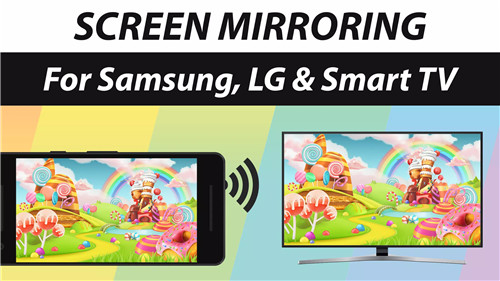
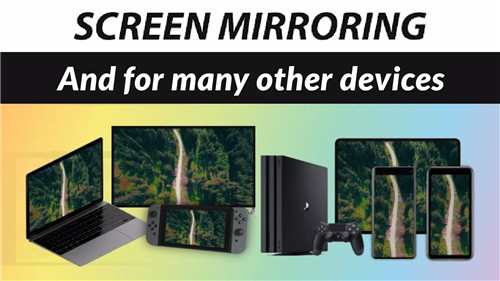
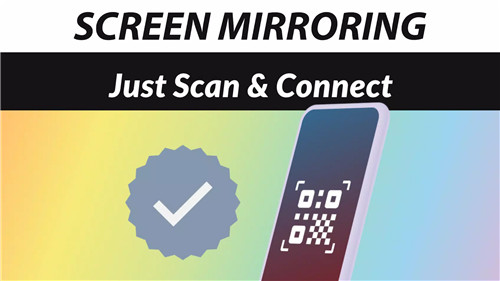
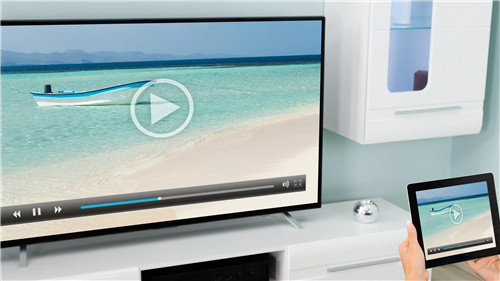


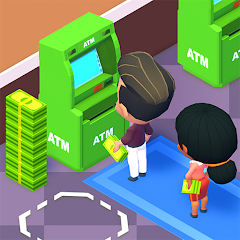






Ratings and reviews
There are no reviews yet. Be the first one to write one.